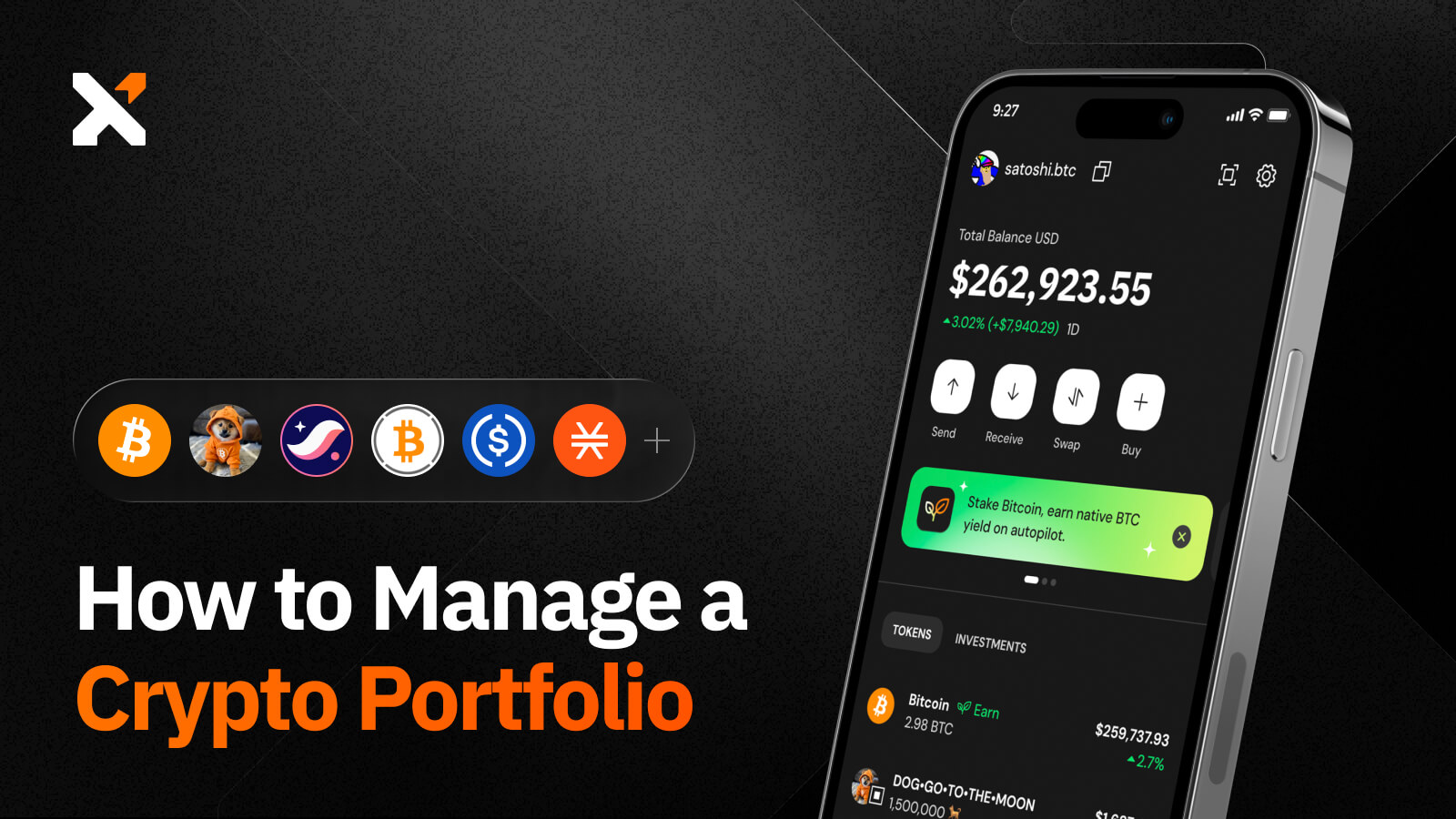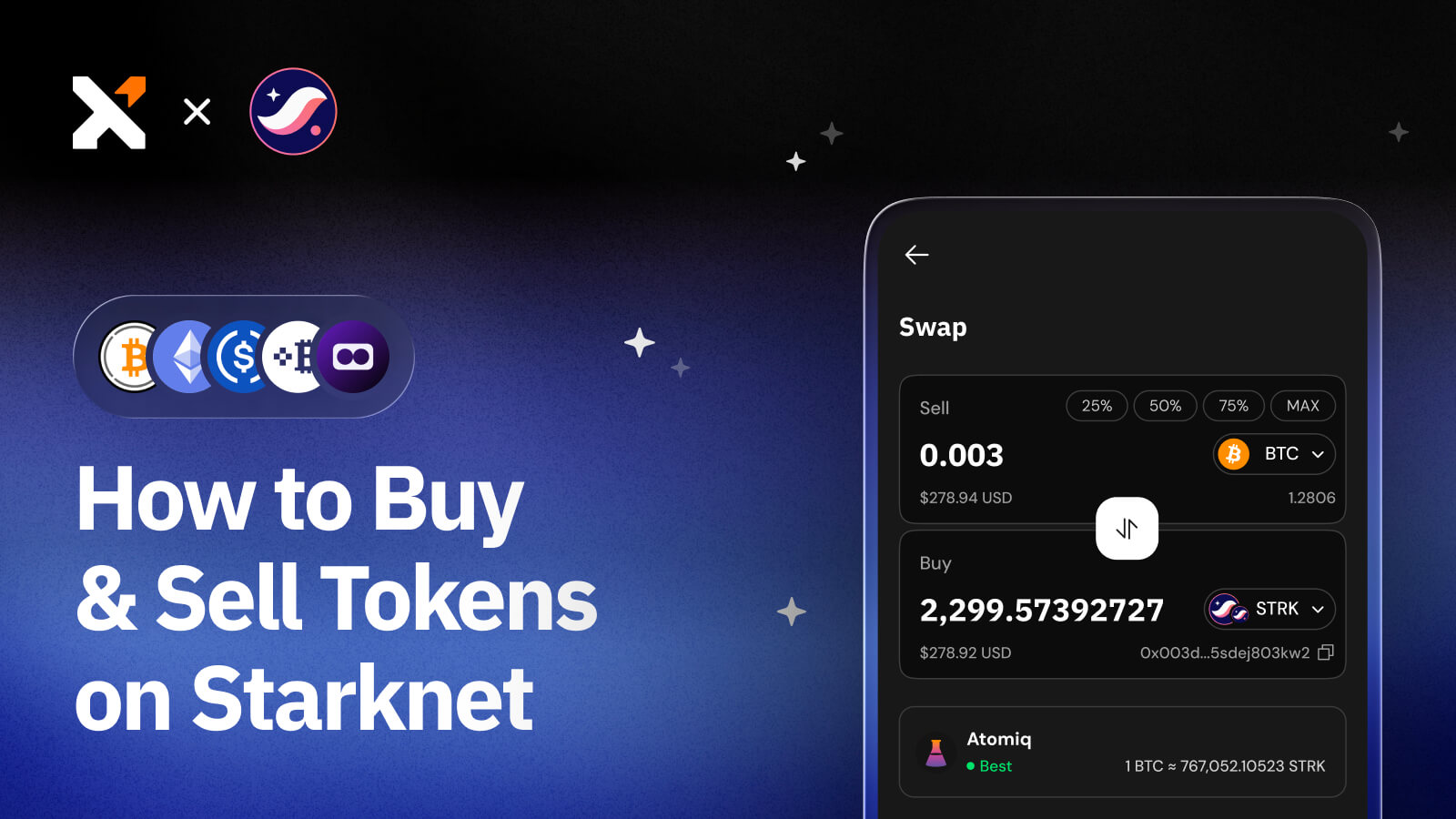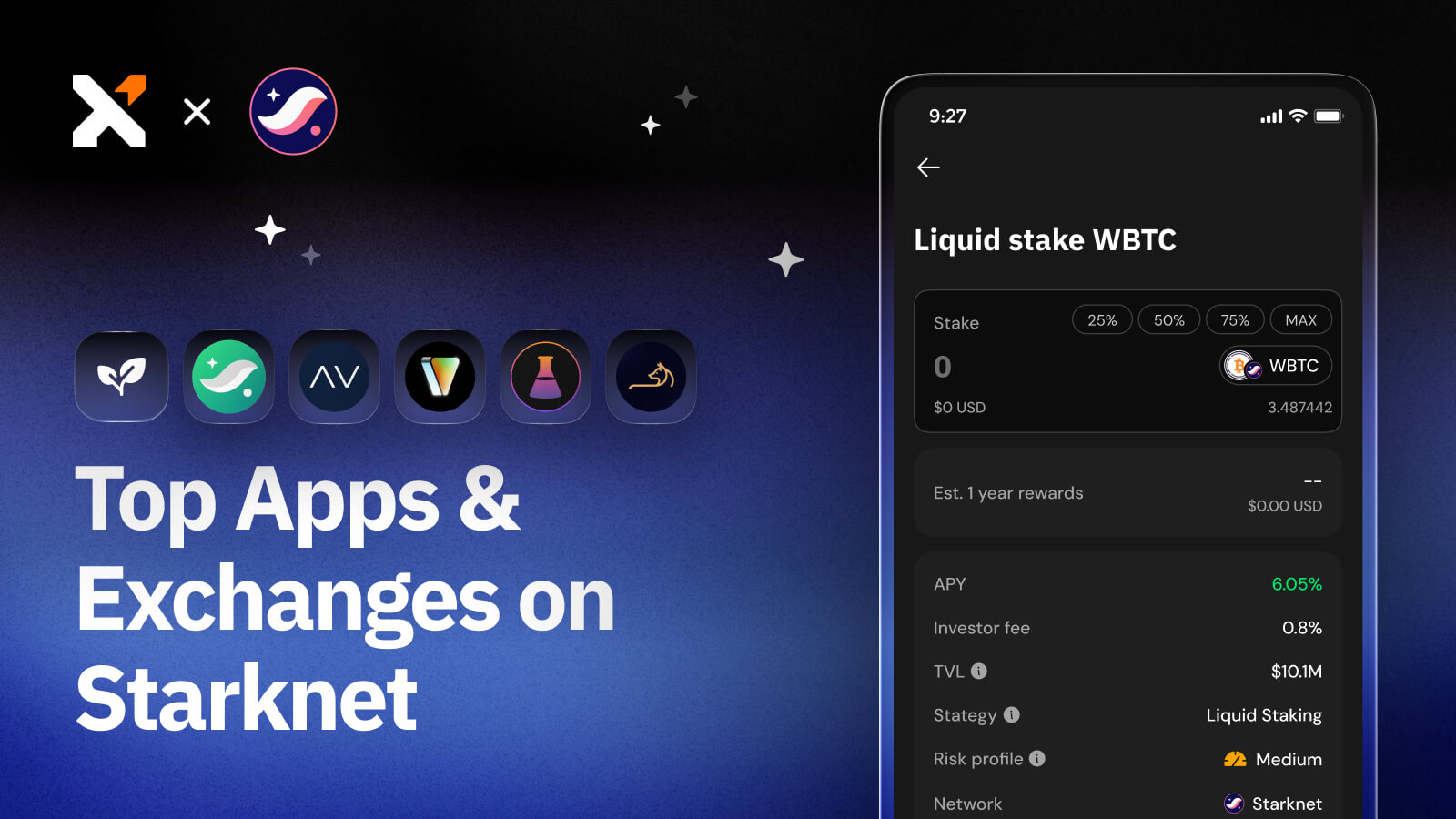What is a Self-Custody Wallet & Why Do You Need One?
Learn what a self-custody wallet is and why it is essential that you use one as you navigate the Bitcoin Web3 ecosystem.

Sign up for updates!
Stay tuned to our latest news and updates
.svg)
Your cryptocurrency wallet is your gateway to Web3, enabling you to experience new ways of transacting, socializing, investing, and gaming online. In this guide, you will learn about the importance of using a self-custody wallet as you navigate the Bitcoin Web3 ecosystem.
What Are Self-Custody Wallets?
Self-custody wallets are digital wallets that give you complete control over the private keys to your crypto assets. They allow you to serve as your own banker, meaning you are solely responsible for managing and securing your digital assets.
The private key is an essential part of self-custody wallets and comes in the form of a password or a secret phrase that enables you to sign and verify transactions. As long as you possess your private keys, you have 100% control over your digital assets. You don’t need to rely on a third party like an exchange to access or manage your bitcoin (BTC) or other digital assets.
Self-custody wallets are also referred to as self-hosted or non-custodial wallets because full control lies with the owner. Not even the wallet provider has access to the private keys of this type of wallet.
How Do Self-Custody Wallets Work?
When you create a self-custody wallet, it randomly generates a unique set of private keys that are stored on your device.
For instance, if you download the Xverse mobile wallet, your private seed phrase will be stored on your phone. On the other hand, the Xverse extension wallet stores the private keys on your Chrome browser.
Private keys represent ownership in a person’s digital assets, which live on the blockchain. So, a cryptocurrency wallet doesn’t hold cryptocurrencies but the private keys to these assets.
At Xverse, the human-readable form of the private keys consist of twelve randomly produced words that must be backed up. Backing up a wallet entails writing the seed phrase down on a piece of paper in the correct order and storing it in a private place. This step is essential because it prevents you from losing access to your digital assets, enabling you to recover your wallet at any time.
Once your self-custody wallet is set up and backed up, you can access as many Web3 apps as you would like.
For example, you can use the Xverse wallet to inscribe Ordinals NFTs, access DeFi protocols, and trade BRC-20 tokens.
Custodial vs. Self-Custodial Wallets: Similarities & Differences?

A custodial wallet is a Bitcoin wallet that passes the responsibility of storing private keys to another party, like a wallet provider or a Bitcoin exchange. It has several similarities and differences to non-custodial wallets, as shown below.

The Benefits & Drawbacks of Self-Custodial Wallets
Now, let’s take a look at the pros and cons of self-custody wallets.
Benefits
- Self-custody wallets are censorship-resistant since no authority or third party can freeze or seize the private keys to your assets.
- You aren’t required to provide any personal information to set up a self-custody wallet, giving you increased privacy.
- Self-custody wallets give you total control over your private keys, enabling you to manage your assets as you deem fit.
Drawbacks
- You are in charge of the security of the private keys to their assets. This is a huge responsibility that some people may find exceedingly challenging or demanding.
- Some self-custody wallets, especially hardware ones, may require some extent of technical knowledge from users.
Types of Self-Custodial Wallets
Let’s take a brief look at the types of non-custodial wallets you can choose from.
Hardware
Hardware wallets are physical devices that typically resemble USB drives. They store private keys offline, keeping them safe from online attacks.
Software
Software wallets are digital wallets that can only be accessed with an internet connection. They are installed on a mobile phone, web browser, or computer. Xverse is an example of a software wallet.
Paper
A paper wallet is a physical paper or printout containing your private keys and wallet address. This type of wallet is vulnerable to loss and damage. Therefore, it should be stored in a secure safe.
Xverse: The Best Self-Custody Wallet

Xverse is a self-custody Bitcoin wallet that gives you total control over the private keys to your digital assets. It is the go-to wallet for the Bitcoin Web3 ecosystem because it supports BTC, Bitcoin Ordinals, BRC-20 tokens, and all Stacks assets.
With Xverse, you can securely send, receive, buy, and manage supported cryptocurrencies. Moreover, you can send, receive, and manage Ordinals and Stacks NFTs.
You can download Xverse for Android, iOS, and Google Chrome here!
FAQs
What is self-custody in crypto wallets?
Self-custody means you are wholly in charge of the private keys to your digital assets. However, this complete autonomy over your funds also means you are liable for their safety. Although this is a massive responsibility, you can lessen the burden by backing up your wallet and adding security layers to your devices using passwords, PINs, or biometric access controls.
Alternatively, you can acquire a hardware wallet for extra security. Xverse has a feature that enables users to link their wallet to their Ledger device, permitting them to store and swap assets offline.
What is an example of a self-custody wallet?
Xverse is an example of a self-custody wallet that you can use to store and manage bitcoin, Bitcoin-native NFTs (Ordinals), BRC-20 tokens, Stacks NFTs, and other assets minted on the Stacks protocol. It is free to download and install on mobile devices or Google Chrome.
The self-custodial nature of Xverse means that you are in total control of your assets, and no one but you can access them. The Xverse wallet also offers censorship resistance and privacy because it is non-custodial.
What are the benefits of a self-custody wallet?
A self-custody wallet gives you complete control over the private keys to your crypto assets, allowing you to manage them as you choose. It also permits you to access your assets whenever you want, 24/7, without worrying that someone will block this accessibility. In other words, self-custody wallets give you absolute freedom and a high level of privacy since your personal information isn’t required.
What are the risks of self-custody?
Since you are your own banker when it comes to self-custody wallets, no one but you can secure your assets. That means diligence is needed to safeguard your funds from loss and theft. This is a big responsibility that may demand changing how you do things. For example, you’ll need to always use a secure internet connection, avoid typing your phone or computer password in a public place with cameras, create strong passwords, and have a safe place to store wallet backups in your home.
What is the difference between a self-custody and a non-custodial wallet?
Self-custodial and non-custodial wallets are the same thing. They refer to Bitcoin wallets that give you total autonomy to manage your assets as you see fit. The wallet owner is the sole custodian of their assets’ private keys.
Self-custody wallets are censorship-resistant and more secure and private than custodial wallets. A custodial wallet is a program whose private keys are safeguarded by a third party, like a crypto exchange.
Share this article



.svg)




